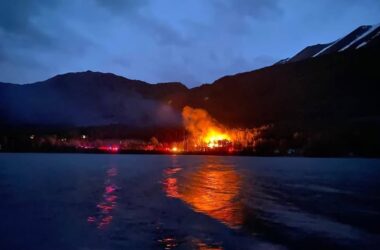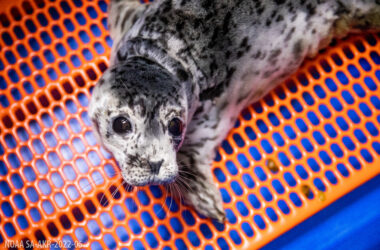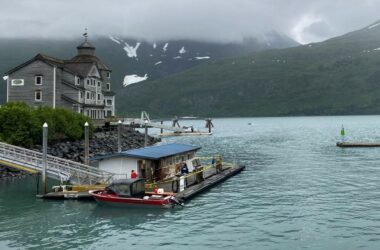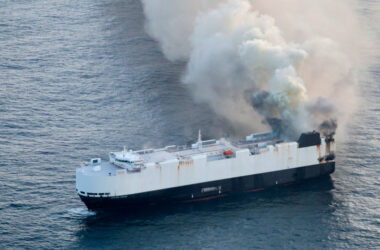The U.S. Geological Society reported Friday that after nearly 25 years since the Exxon Valdez oil spill effected various species off the coast of Alaska, the sea otter population have returned to pre-spill numbers.
Prince William Sound sea otters received heavy mortality rates after the oil spill in 1989 and scientists found the otters slow to recover likely due to chronic exposure to lingering oil.
Lead study author and research biologist for the U.S. Geological Society Brenda Ballachey explained one of the studies that led to the conclusion.
Bellachey: “The gene expression work was done to try and get at whether or not there were metabolic or biochemical indicators of damage. And in 2008 we saw some differences between oiled and un-oiled areas in reference populations that were consistent perhaps with long term exposure to oil. And by 2012 those differences were no longer apparent. Although there were some overall changes in the gene expression patterns that lead us to have a little bit of caution there but largely we feel very comfortable with the conclusion that the gene expression work doesn’t show any continued evidence of exposure to oil.”
Another method scientists used to assess the recovery of the sea otters was estimating the number of living sea otters based on aerial surveys and comparing that to pre-spill numbers.
Carcasses of deceased sea otters were also collected to determine what age group of otters were dying. Before the spill most deaths were of very old or very young otters but the spill caused many middle aged otters to die. The age range of dead sea otters has returned to pre-spill pattern.






